Dyson poured $629 million into an electric car before abandoning it — here's what its Tesla competitor was supposed to look like
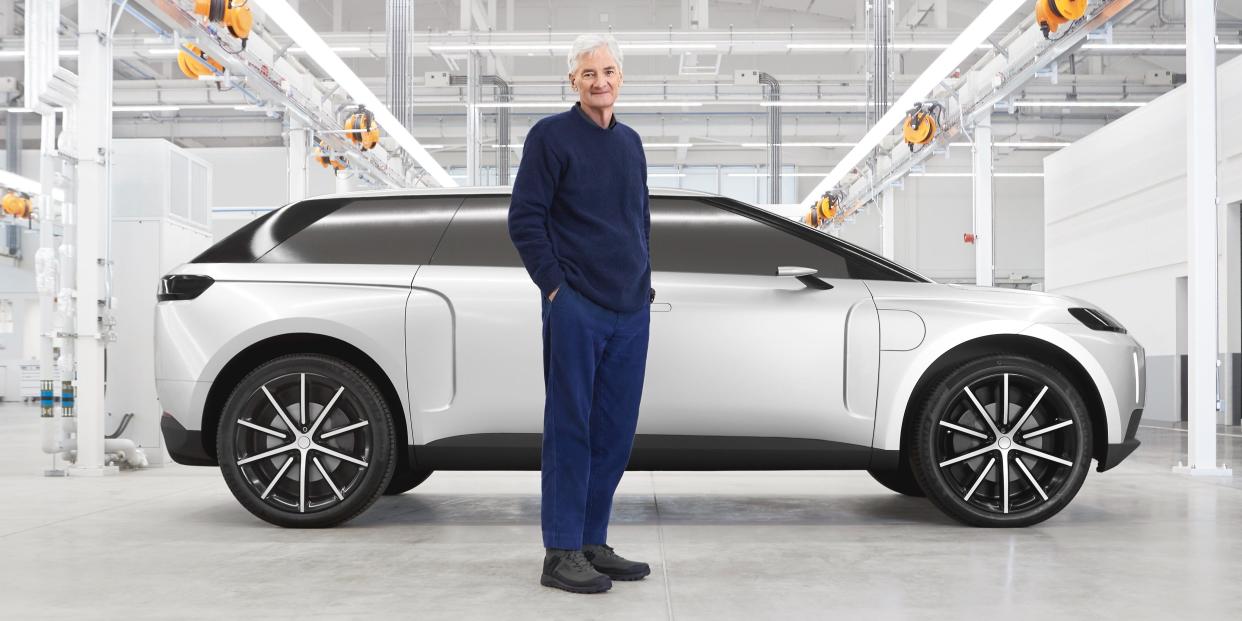
Fred Macgregor / Dyson
Dyson scrapped its electric car project in May, after spending more than $600 million on its development.
The company released new images of the prototype this week.
Dyson hopes some of the battery technology can be repurposed, so that not everything is wasted from the investment.
Sir James Dyson, one of Britain's richest people, had big plans for an electric car.
In 2017, the billionaire defiantly pledged to spend up to $3.1 billion financing a project to eventually take on Tesla, before deciding two years later that the idea just was not "commercially viable."
This week, the firm released new photos of the scrapped project, showing a futuristic prototype that looks advanced, even by Elon Musk's standards.
"It was a difficult decision to stop, because hundreds of engineers, scientists and designers, had poured everything into the project and it was a great engineering achievement," Dyson said in a blog post. "But I have no regrets about having started the programme. We learned a lot and Dyson has benefited from a huge influx of engineering talent from the automotive industry – it has quickly been applied in other areas of our research and development."
Here's a look at the abandoned car:
"I'm not a Johnny-come-lately to electric cars," Dyson said when he first envisioned the vehicle. "It's been my ambition since 1998."
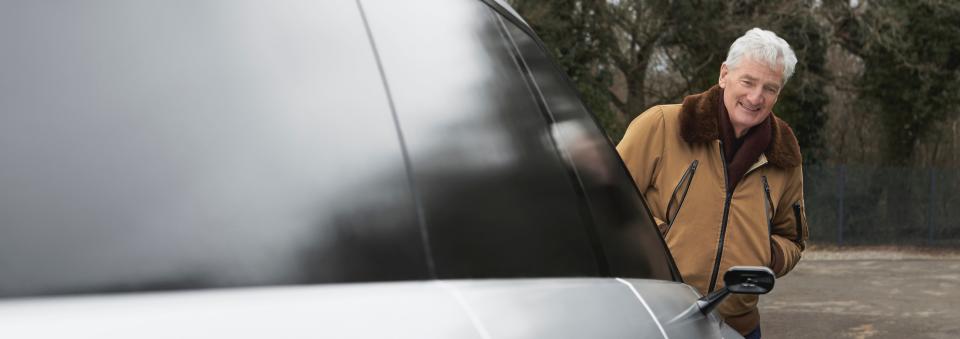
Fred Macgregor / Dyson
The car was designed at Dyson's design shop in a former Royal Air Force hangar in the United Kingdom.
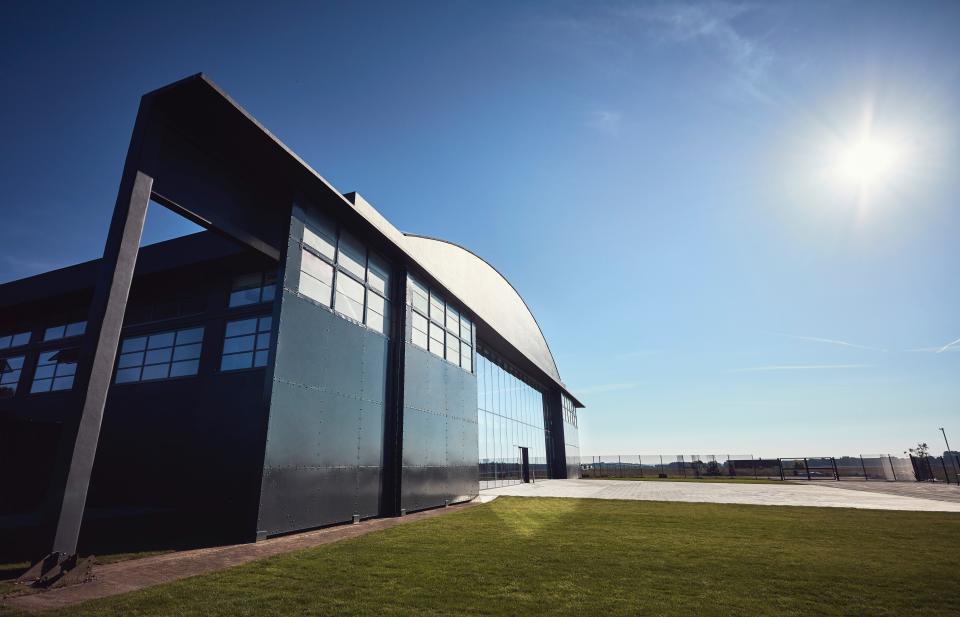
Fred Macgregor / Dyson
Here's the inside, which looks more like an Apple Store than an office.
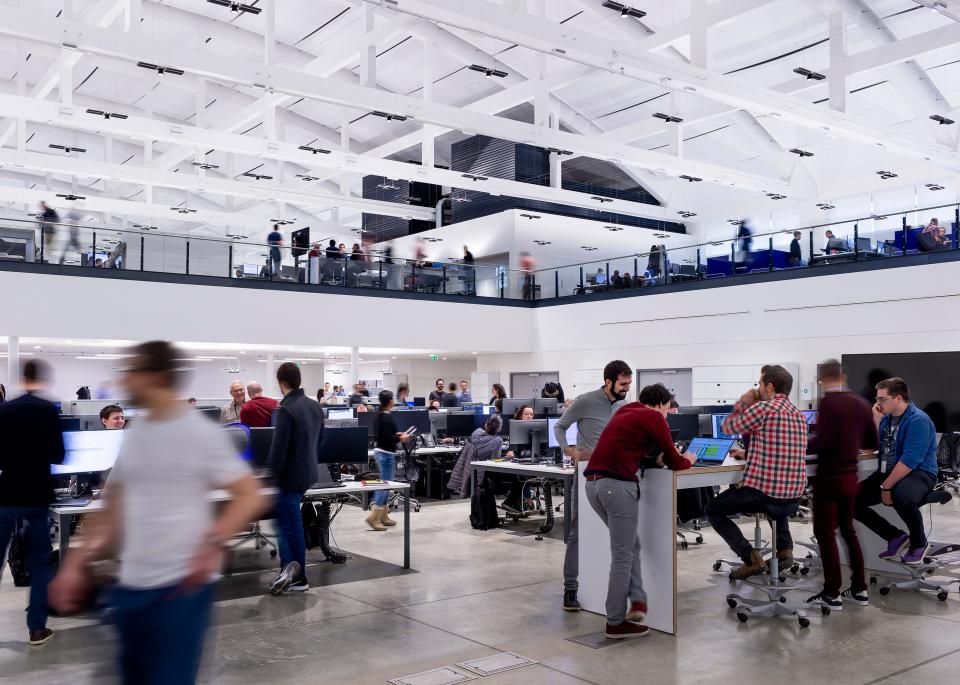
Fred Macgregor / Dyson
What they came up with was a wheel base far wider than usual, compared to the body, in order to increase range and performance.

Fred Macgregor / Dyson
It also helps the car with Dyson's goal of being "radically" different.
There are still some features, like the roof and flush door handles, that will look familiar to Tesla fans.

Fred Macgregor / Dyson
And of course, the grille is perhaps the most notable tip off that this car doesn't need gasoline — or air — to operate.
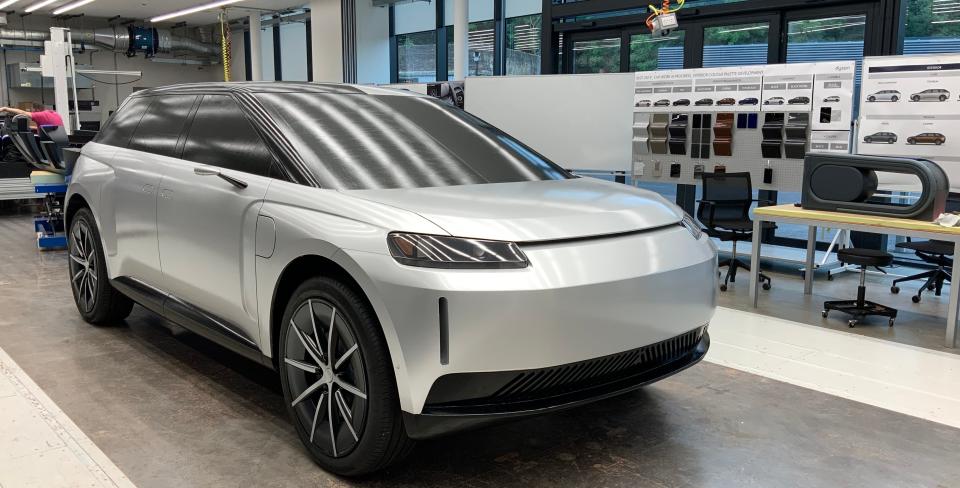
Fred Macgregor / Dyson
The car was supposed to have a range of up to 600 miles — far longer than even Tesla's notoriously long-range vehicles, with a faster zero-to-sixty speed, too.
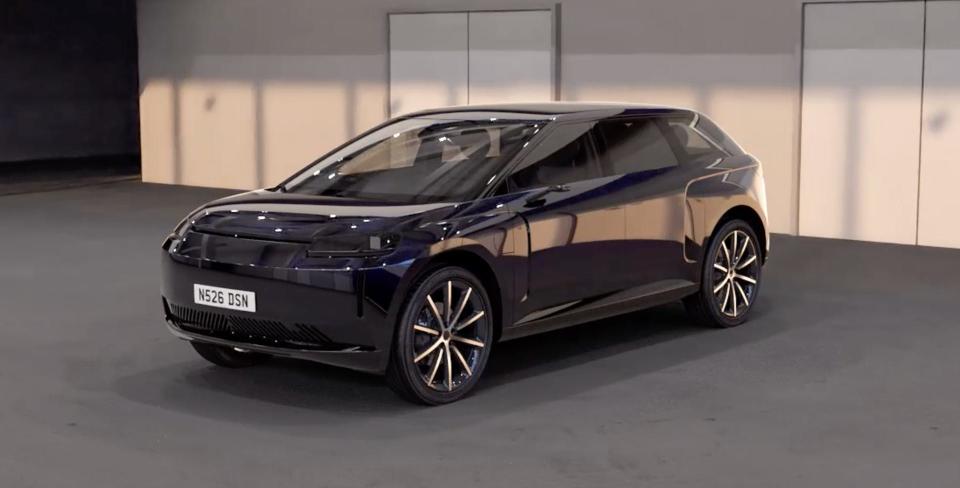
Fred Macgregor / Dyson
Inside, things look even more futuristic.

Fred Macgregor / Dyson
"We wanted a more elegant, structural seat, with well-considered posture support," Dyson says.
But ultimately it was what's under the "hood" that led to the car's demise.

Fred Macgregor / Dyson
"Electric cars are very expensive to make," Dyson told The Times. "The battery, battery management, electronics and cooling are much more expensive than an internal combustion engine."
The legendary inventor hasn't lost hope just yet. The company says its donating nearly $3 billion to university programs and hopes that the battery technology it planned to use in the car can benefit other projects.
"This is not the first project which has changed direction and it will not be the last," Dyson said.
Read the original article on Business Insider

